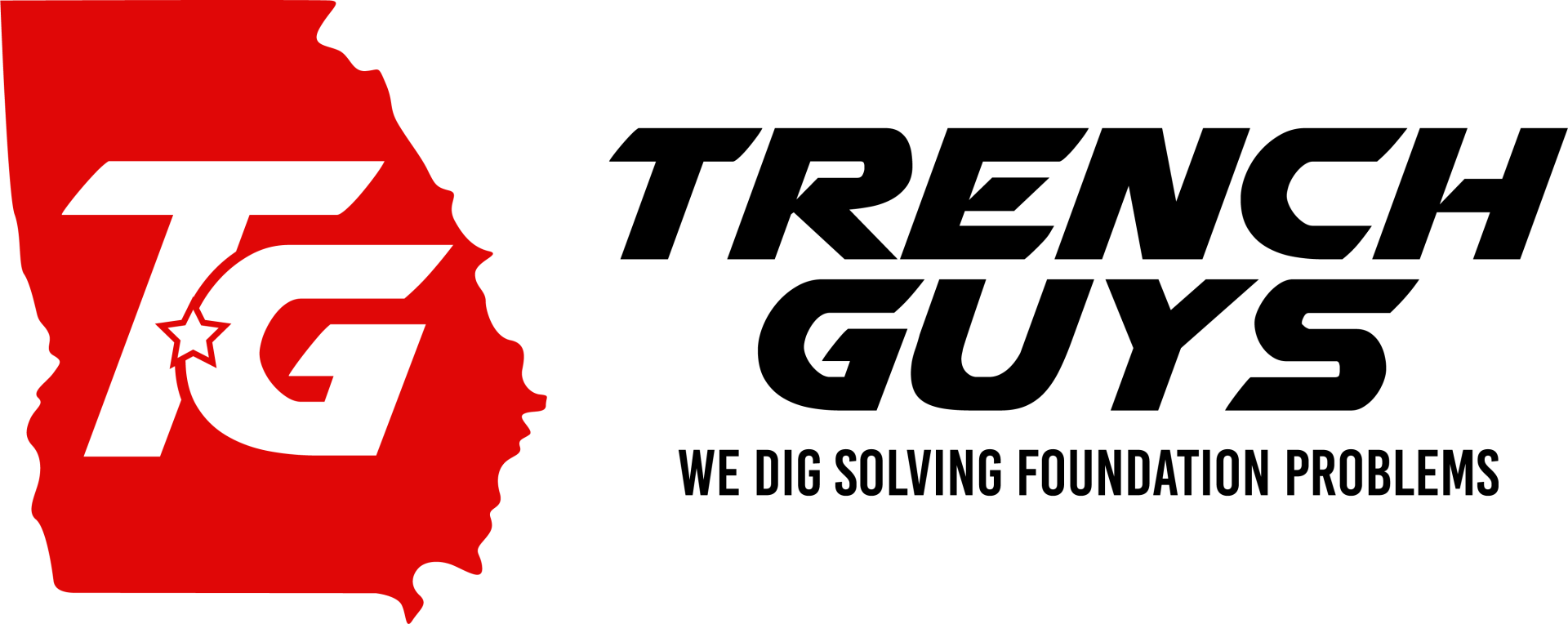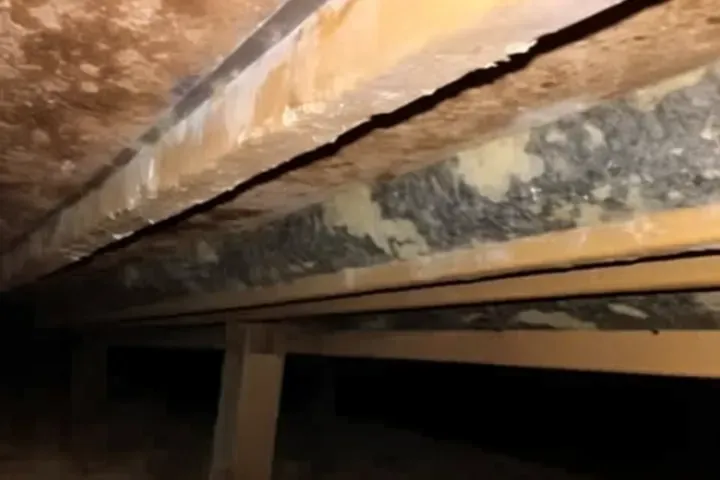Embark on a journey into the often-overlooked yet crucial component of your home: the crawl space. This hidden gem beneath your living quarters plays a pivotal role in maintaining the structural integrity and overall health of your home. In this comprehensive blog, we will unravel the mysteries of crawl spaces, shedding light on their critical importance in your home's structure and the well-being of its occupants.
Crawl spaces serve as the foundation of your home, housing essential systems such as plumbing, electrical wiring, and HVAC, all while providing necessary ventilation. However, despite their significance, they are frequently neglected, leading to a myriad of issues that can compromise the safety and comfort of your living space. From moisture accumulation and mold growth to structural damage and poor air quality, the problems associated with crawl spaces are as varied as they are significant.
But fear not, for every problem, there exists a solution. This blog will not only guide you through the common challenges faced by homeowners but will also equip you with practical knowledge and effective solutions. Whether it's combating moisture, addressing pest infestations, or reinforcing structural stability, we've got you covered.
Join us as we delve deep into the world of crawl spaces, where every step taken towards understanding and maintenance is a step towards ensuring a safer, healthier, and more stable home.
Common Crawl Space Problems
A healthy crawl space is vital for the overall well-being of your home. However, these areas are prone to a range of issues that can compromise the structure and air quality of your living space. This section of our blog will explore common crawl space problems, focusing on moisture and water damage, as well as mold and mildew growth, providing insights into identifying these issues and understanding their implications.
Moisture and Water Damage
Identifying Signs of Moisture Issues, Like Dampness, Water Pooling, and Rust
Moisture is one of the primary adversaries of a healthy crawl space. Excessive dampness, water pooling, or rust on metal fixtures can all be indicators of moisture problems. These issues can stem from various sources, including leaks, poor drainage, or inadequate ventilation. Over time, unchecked moisture can lead to more severe problems, such as wood rot, structural damage, or pest infestations. In this segment, we will guide you through the process of identifying signs of moisture and water damage, and discuss the potential consequences if these issues are not addressed promptly.
Mold and Mildew Growth
Recognizing Mold and Mildew, and Understanding Their Implications
Mold and mildew are not just unsightly; they are also signs of an unhealthy crawl space environment. These fungi thrive in moist, humid conditions and can spread quickly if not addressed. The presence of mold and mildew can lead to poor indoor air quality and pose health risks, particularly for individuals with allergies or respiratory issues. This part of the blog will focus on how to recognize mold and mildew in your crawl space, understand the health and structural implications, and provide steps for addressing these issues to maintain a healthy home environment.
Structural Concerns in Crawl Spaces
The structural integrity of your home heavily relies on the condition of the crawl space. Issues in this area can lead to significant problems, affecting the stability and safety of your entire house. This section of our blog will address key structural concerns in crawl spaces, focusing on foundation cracks and instability, as well as floor and wall irregularities, guiding you through the process of identifying, interpreting, and addressing these issues.
Foundation Cracks and Instability
How to Identify and Interpret Structural Issues in the Crawl Space
The foundation is the bedrock of your home, and any cracks or signs of instability can be alarming. However, not all cracks indicate a serious problem. Understanding the nature of these cracks is crucial for determining the severity of the issue. This segment will provide insights into different types of foundation cracks, such as hairline, horizontal, vertical, and stair-step cracks, and what they potentially signify about the health of your foundation. We will discuss the common causes of these cracks, including soil movement, hydrostatic pressure, and poor construction, and offer guidance on when it's time to seek professional evaluation and intervention.
Floor and Wall Irregularities
Noticing Changes in the Levelness of Floors or Cracks in Interior Walls
Changes in the levelness of floors or the appearance of cracks in interior walls can be subtle yet telling indicators of underlying structural issues. Sagging or uneven floors may point to compromised support beams or joists in the crawl space, while cracks around door frames or windows can signal a shifting or settling foundation. In this part of the blog, we will explore how to spot these irregularities and understand their potential implications. We'll provide tips for homeowners on regular inspections and highlight the importance of addressing these signs promptly to prevent further damage and ensure the structural integrity of the home.
Environmental and Health Impacts
The condition of your crawl space can have far-reaching effects on the environment within your home and, consequently, on the health of its occupants. This section of our blog delves into the environmental and health impacts of crawl space problems, focusing on air quality issues and the potential health risks associated with these spaces.
Air Quality Issues
Discussing How Crawl Space Problems Can Affect Indoor Air Quality
The state of your crawl space is directly linked to the air quality in your home. Issues such as moisture, mold, and mildew in the crawl space can lead to poor indoor air quality, as the air from this area can circulate throughout your home. This segment will explore the relationship between crawl space conditions and indoor air quality. We will discuss how moisture and mold can contribute to indoor air pollution and the steps you can take to mitigate these issues. Emphasizing the importance of proper ventilation, moisture control, and regular inspections, this part aims to provide homeowners with actionable advice to ensure a healthy living environment.
Potential Health Risks
Linking Crawl Space Issues with Possible Health Concerns for Occupants
The implications of crawl space problems extend beyond structural damage, potentially affecting the health of those living in the home. Poor air quality resulting from crawl space issues can lead to a variety of health concerns, particularly for individuals with allergies, asthma, or other respiratory conditions. Symptoms such as coughing, sneezing, headaches, and fatigue can all be exacerbated by exposure to mold spores and other airborne pollutants. In this section, we will discuss the potential health risks associated with poor crawl space conditions, highlighting the importance of addressing these issues promptly. We will also provide guidance on recognizing symptoms related to poor indoor air quality and the steps homeowners can take to protect their families' health.
Solutions for Crawl Space Problems
Addressing issues in your crawl space is crucial for maintaining the structural integrity of your home and ensuring a healthy living environment. This section of our blog provides practical solutions for common crawl space problems, focusing on addressing moisture and water damage, as well as mold remediation techniques.
Addressing Moisture and Water Damage
Solutions like Sump Pumps, Dehumidifiers, and Proper Ventilation
Moisture and water damage in crawl spaces can lead to a host of problems, but there are effective solutions to mitigate these issues. Implementing a sump pump can help remove water that accumulates in the crawl space, preventing water damage and reducing the risk of mold growth. Dehumidifiers can also play a crucial role in maintaining a dry environment by removing excess moisture from the air. Additionally, ensuring proper ventilation in the crawl space is essential for circulating air and reducing humidity levels. This segment will guide you through these solutions, discussing their benefits, how they work, and when they should be considered to protect your home from moisture-related issues.
Mold Remediation Techniques
Professional and DIY Methods for Tackling Mold and Mildew
Mold and mildew in the crawl space are not just structural concerns; they also pose health risks. Addressing these issues promptly is essential. This part of the blog will explore both professional and DIY mold remediation techniques. Professional remediation is often necessary for extensive mold problems, ensuring thorough removal and preventing recurrence. However, for smaller areas of mold, DIY methods, such as using vinegar, baking soda, or commercial mold removal products, can be effective. We will provide insights into identifying the extent of mold growth, choosing the appropriate remediation method, and implementing preventive measures to avoid future mold and mildew problems in your crawl space.
Repairing Structural Damage
Addressing structural damage in your home, particularly in the crawl space, is crucial for maintaining its safety, stability, and value. This section of our blog focuses on solutions for repairing structural damage, providing an overview of professional foundation repair techniques as well as guidance on handling minor structural issues independently.
Professional Foundation Repair
Overview of Techniques Used in Professional Foundation Repair
When it comes to significant structural damage, especially concerning the foundation, professional intervention is often necessary. Professional foundation repair can involve various techniques, depending on the nature and severity of the damage. Methods such as underpinning (using piers or pilings to support and lift the foundation), slabjacking (lifting and leveling sunken concrete slabs), and sealing cracks with hydraulic cement or epoxy injections are common. This segment will provide an overview of these professional techniques, discussing when they are appropriate, the processes involved, and the importance of relying on experienced professionals to ensure the safety and longevity of your home's foundation.
DIY Fixes for Minor Issues
Guidance on Handling Minor Structural Issues Independently
For homeowners facing minor structural issues, there are DIY fixes that can be effective and cost-efficient. It's important to note that these fixes are suitable for small problems only, and more significant issues should always be addressed by professionals. This part of the blog will offer guidance on identifying minor structural issues that can be handled independently, such as filling small cracks with appropriate materials, reinforcing joists or beams, and ensuring proper crawl space ventilation to prevent moisture-related problems. We will provide step-by-step instructions, safety tips, and a list of necessary tools and materials, empowering homeowners to tackle minor repairs with confidence while recognizing the limits of DIY approaches and the scenarios that require professional assessment.
FAQs
-
What Causes Crawl Space Moisture?
Crawl space moisture can result from leaks, poor drainage, high humidity, or inadequate ventilation. It's crucial to identify the source to choose the right solution, like installing a dehumidifier or improving drainage.
-
How Serious Are Foundation Cracks?
Foundation cracks can range from minor, non-structural issues to serious structural threats. Hairline cracks are often normal, but larger, widening, or horizontal cracks require professional assessment.
-
Can DIY Solve Mold Issues?
DIY methods can address minor mold issues using solutions like vinegar or commercial mold removers. However, extensive mold growth or recurring problems should be handled by professionals to ensure complete remediation.
-
When to Call Professionals for Repairs?
Professional help is needed for significant structural damage, extensive mold issues, or when DIY solutions fail to resolve the problem. Experts ensure safe, effective repairs and can prevent future issues.
-
Are Sump Pumps Always Necessary?
Sump pumps are beneficial in areas prone to flooding or where water tends to accumulate in the crawl space. They're not always necessary but can be a crucial solution for keeping crawl spaces dry.
Contact Trench Guys Today!
Trench Guys will do everything we can to ensure your experience with us is excellent.
Request A FREE Estimate
Request a Free Estimate Form
We will get back to you as soon as possible.
Please try again later.
Checkout Recent Post
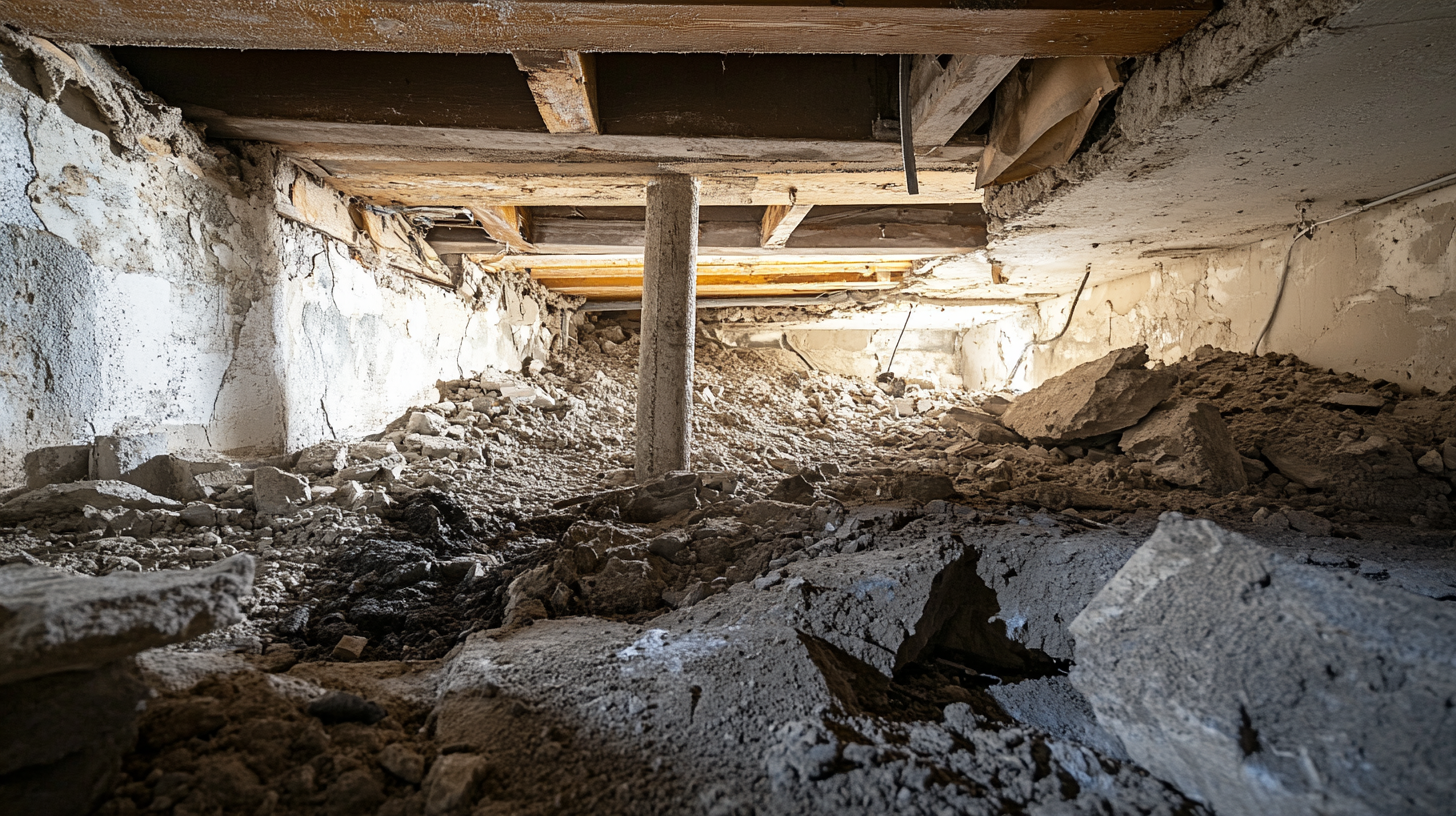
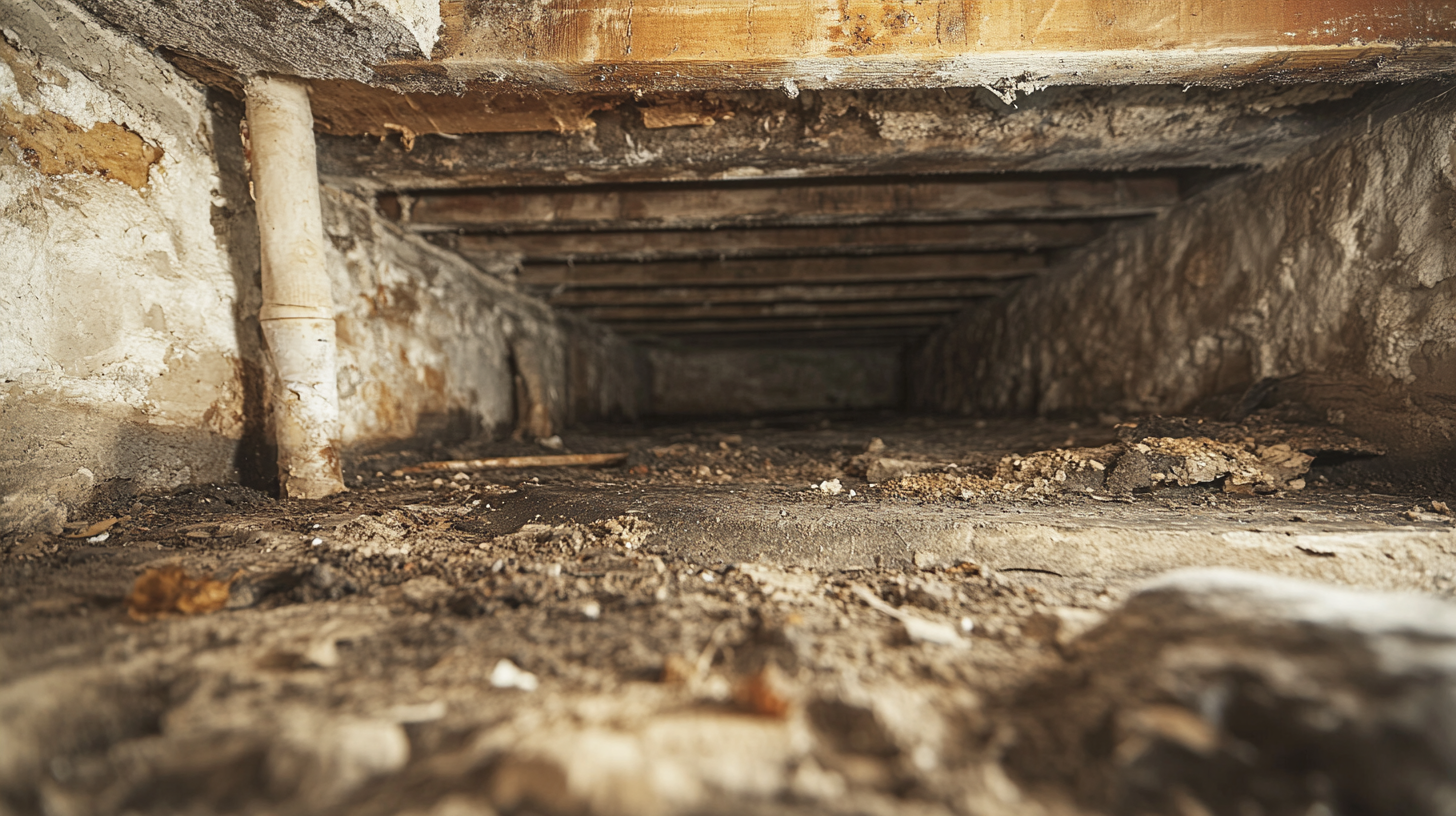
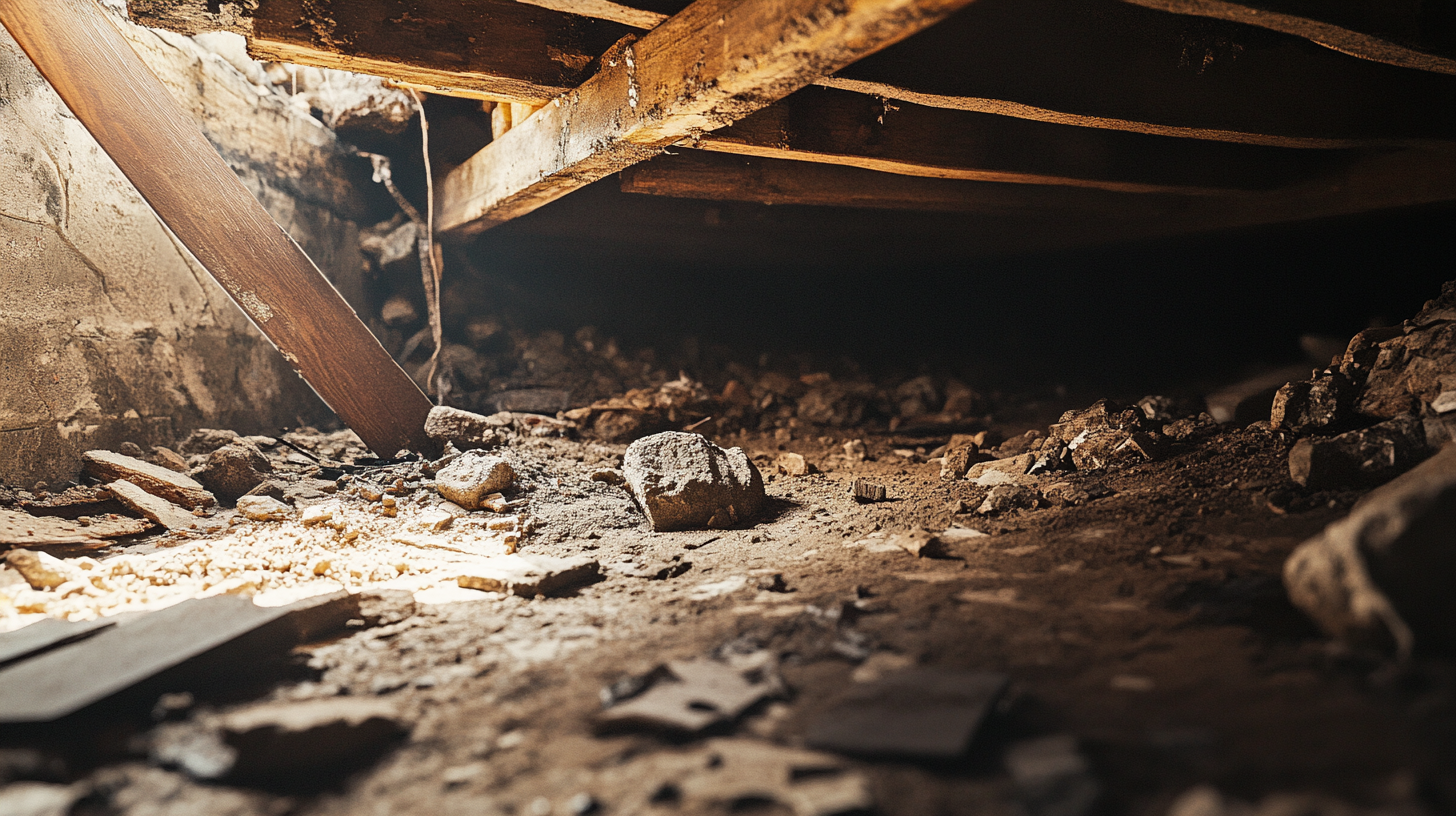
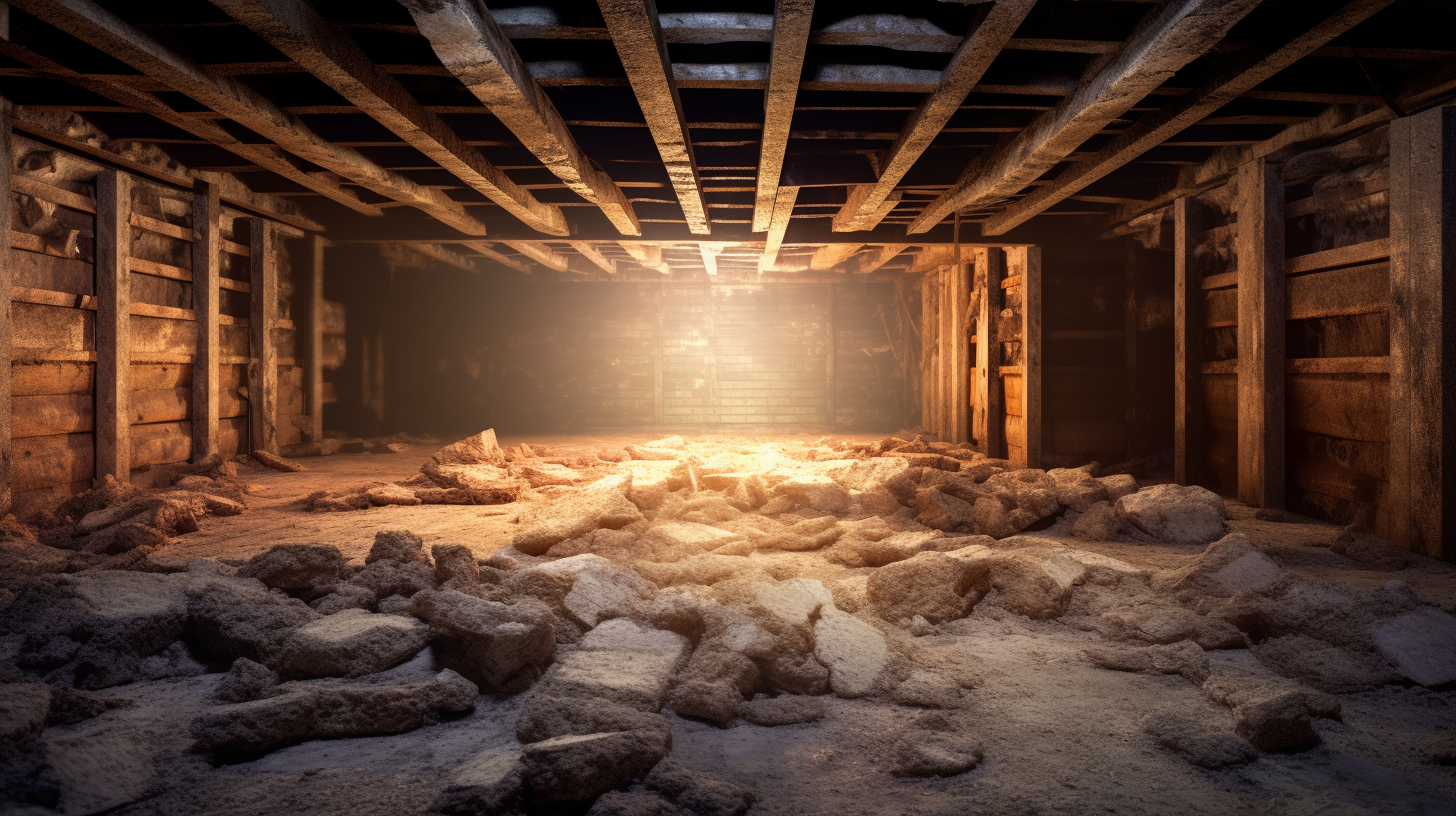
Got a Question? We’re Here to Help.
You can arrange an appointment or make an enquiry by phone or email, orget in touch to us via our contact form.
Looking for a reliable and professional company to take care of your crawl space, basement and gutter needs? Look no further than Trench Guys! We have years of experience in the industry and can provide you with top-quality services at a competitive price. Contact us today to get started!
CONTACT INFORMATION
Phone: 478-236-6403
Email: Wedigmiddlega@gmail.com
Address: Macon, GA
Business Hours:
Mon-Fri: 6:00 AM - 5:00 PM
Sat-Sun: Closed
ADDITIONAL INFORMATION
Us Across The Web
Geo
Neighborhoods
Niche
All Rights Reserved | Trench Guys
Privacy Policy | Terms & Conditions | Sitemap
